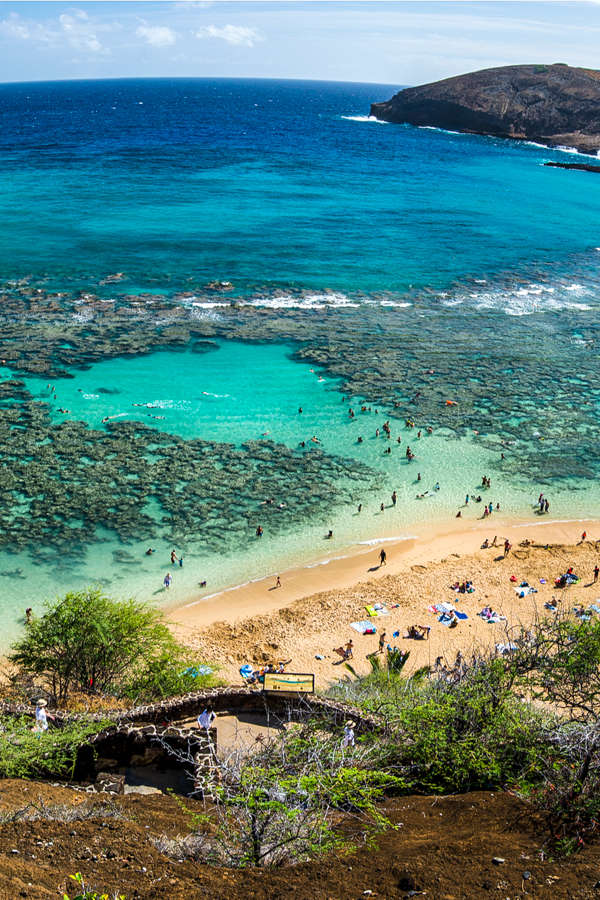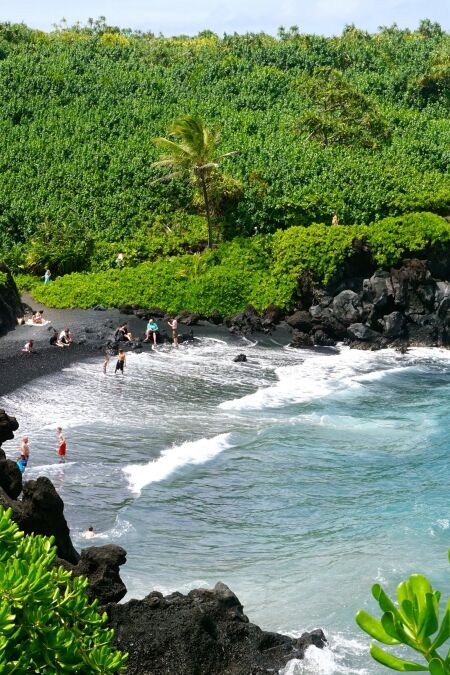Road to Hana is a stunning route along Maui’s northeastern coast that offers one of the most scenic drives in the world. In this guide, we’ll explore the top ten must-see stops along the way. Each spot, from enchanting gardens to tranquil pools, showcases a bit of Hana’s spirit and history, making your trip both memorable and exciting.
Stop #1: Twin Falls
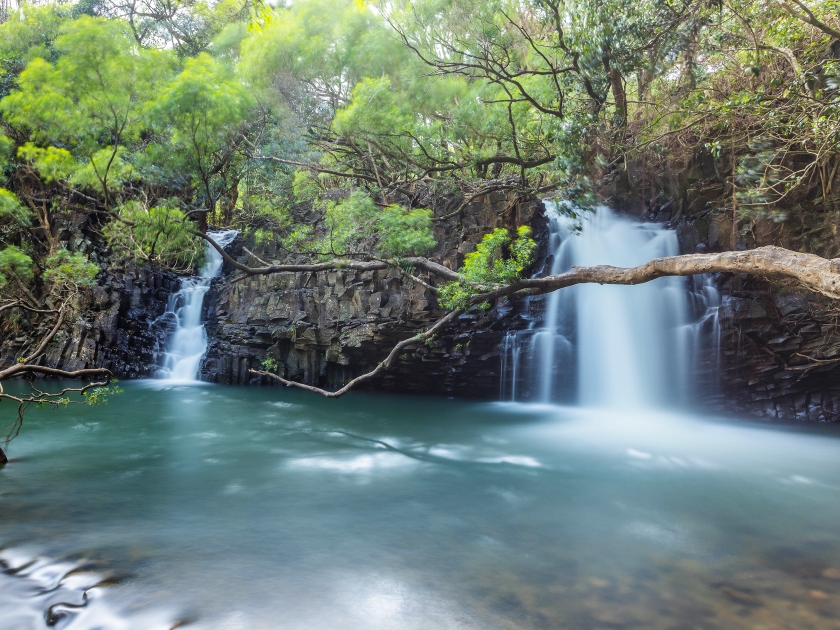
Twin Falls marks the first major stop on the Road to Hana, offering travelers a glimpse into Maui’s lush landscape with its accessible waterfalls and inviting pools. As one of the earliest attractions along the route, it’s best visited early in the morning to dodge the crowds and enjoy a more serene experience. The falls are surrounded by a rich, tropical environment perfect for a leisurely hike. Don’t forget to visit the farm stand near the entrance, where you can enjoy fresh fruit and local snacks, making Twin Falls a refreshing start to your adventure.
Stop #2: Garden of Eden Arboretum
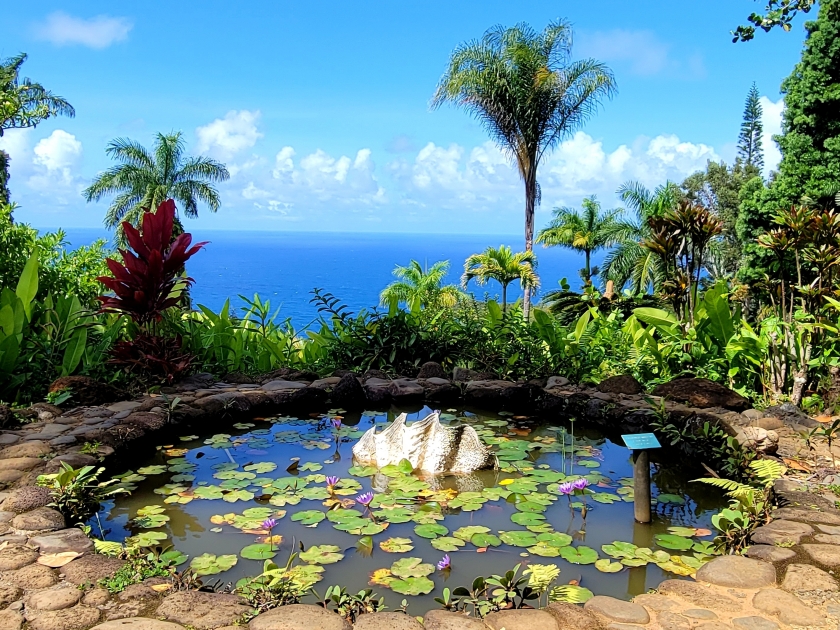
The Garden of Eden Arboretum is a botanical paradise that showcases the diverse flora of Maui, including some rare and exotic plants not found elsewhere. Established as a sanctuary for native wildlife and plants, the garden offers spectacular views, most notably from the vantage point that overlooks the famous Keopuka Rock, featured in the opening scene of “Jurassic Park.” Stroll through carefully curated trails that lead to enchanting scenery and hidden gems throughout the property. Facilities include restrooms and a visitor center where entry fees are collected, providing all you need for a comfortable exploration of this lush landscape.
Stop #3: Ke’anae Peninsula
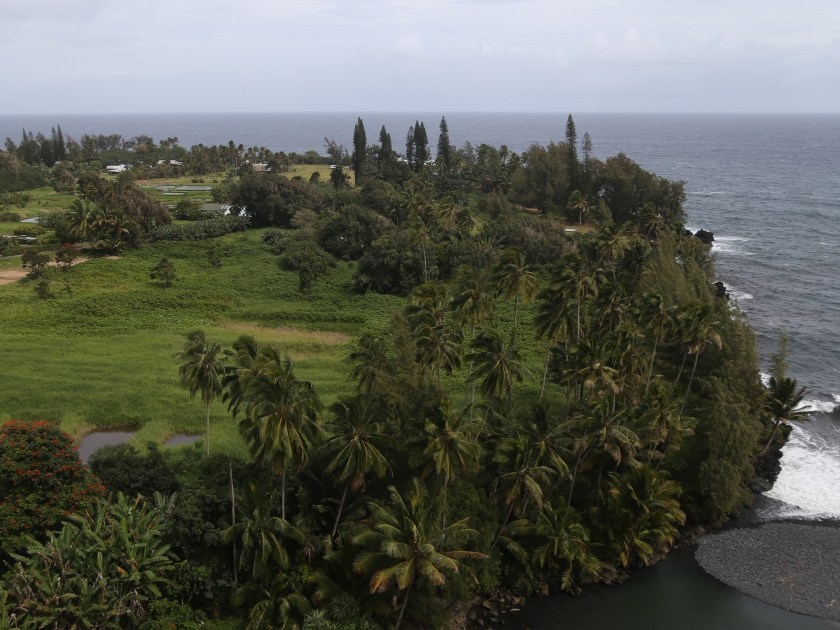
The Ke’anae Peninsula offers a deep dive into Maui’s rich history and culture, standing out with its rugged coastline and traditional taro fields. This area is a living showcase of traditional Hawaiian life, where visitors can observe local farmers anciently cultivating taro. After exploring, you can relax and enjoy the scenery or try some freshly made banana bread from a roadside stand, a local favorite. Don’t miss the old stone church, a survivor of the devastating tsunami of 1946, which offers a poignant glimpse into the resilient spirit of this beautiful and historic community.
Stop #4: Wai’anapanapa State Park
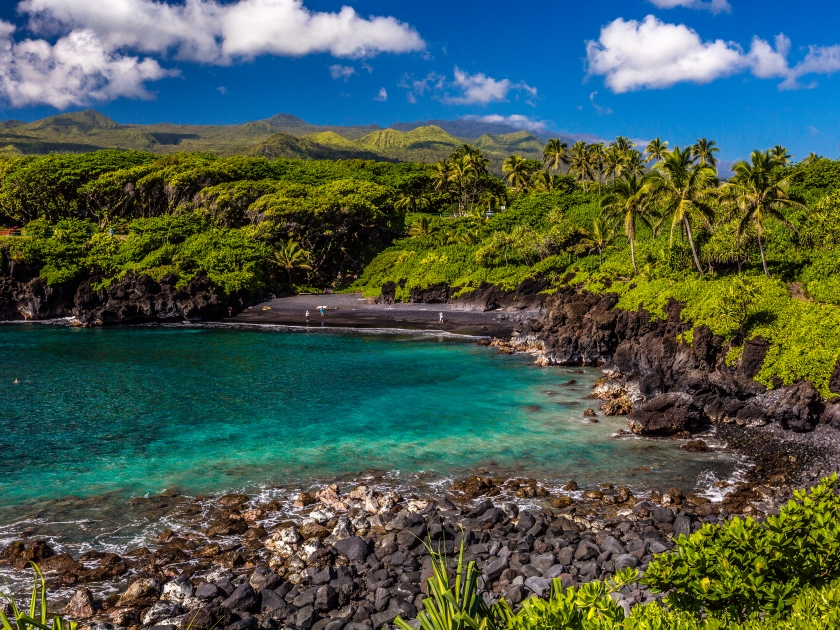
Wai’anapanapa State Park, renowned for its stunning black sand beach created from volcanic lava, is a must-visit highlight along the Road to Hana. This park isn’t just a beach; it’s a fully natural playground featuring sea caves, ancient lava tubes, and scenic hiking trails that offer panoramic ocean views. Visitors can explore the rich natural and cultural history through well-marked trails and lookout points. To preserve its beauty and ensure visitor safety, the park now requires reservations, so be sure to book your visit in advance.
Stop #5: Hana Town
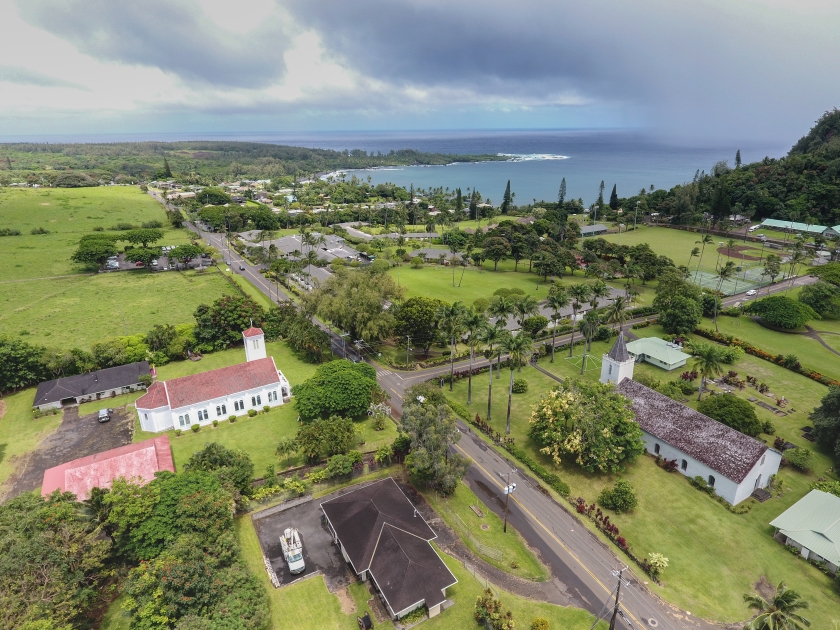
This small, remote town is steeped in history, with key attractions including the Hana Cultural Center and Museum and the beautiful Hana Bay. For those looking to extend their stay, there are several accommodations ranging from cozy bed and breakfasts to luxurious resorts, allowing more time to immerse in the local lifestyle and explore nearby hidden waterfalls and serene beaches. Staying overnight in Hana provides a deeper connection to the tranquil pace and natural beauty of this special place.
Stop #6: Hamoa Beach
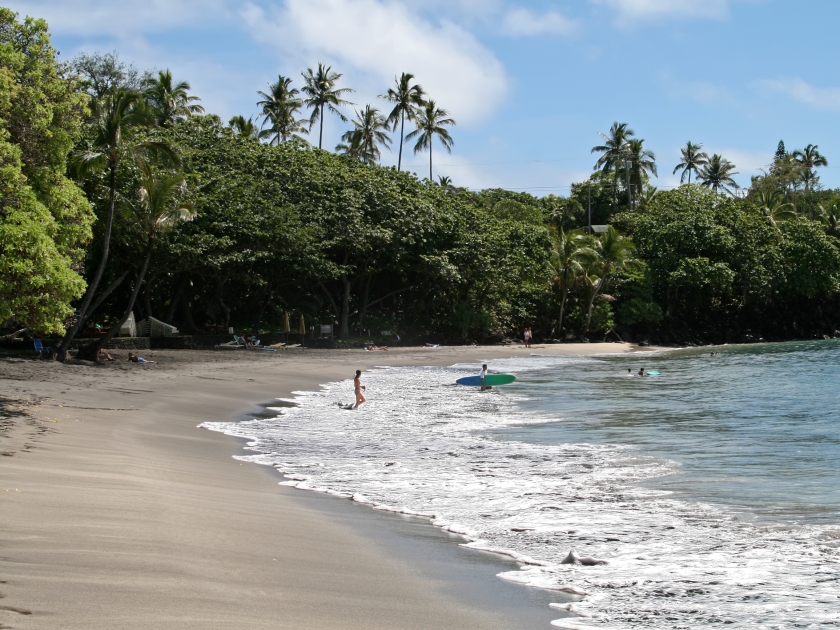
Hamoa Beach is a crescent of pristine sand flanked by lush greenery, often lauded as one of Maui’s most beautiful beaches. Its clear blue waters make it an ideal spot for swimming and snorkeling, offering visitors a chance to explore vibrant marine life. The beach is well-equipped with amenities such as showers and restrooms, enhancing comfort and accessibility for all-day visitors. While there’s no lifeguard on duty, the beach is generally safe for swimming; however, always check the current conditions. Access to Hamoa Beach involves a short walk down a set of stairs, making it a secluded yet accessible paradise for beach lovers.
Stop #7: Koki Beach Park
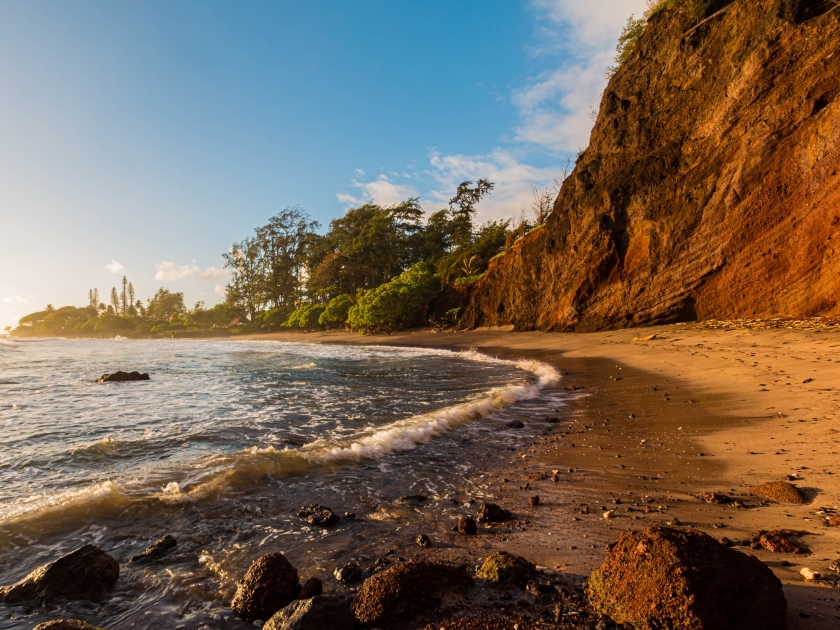
Koki Beach Park stands out with its unusual red sand, a striking contrast to the typical golden shores found elsewhere in Hawaii. This coloration is due to the high iron content in the volcanic soil, creating a vivid backdrop against the deep blue of the ocean. The area is steeped in local legends, including tales of ancient Hawaiian chiefs and battles. As a site of ecological and cultural significance, there are ongoing conservation efforts to protect its unique environment and historical importance. Visitors are encouraged to respect the land by following guidelines, such as not removing sand and adhering to designated paths, ensuring the preservation of Koki Beach’s natural and mystical allure.
Stop #8: ‘Ohe’o Gulch (Seven Sacred Pools)
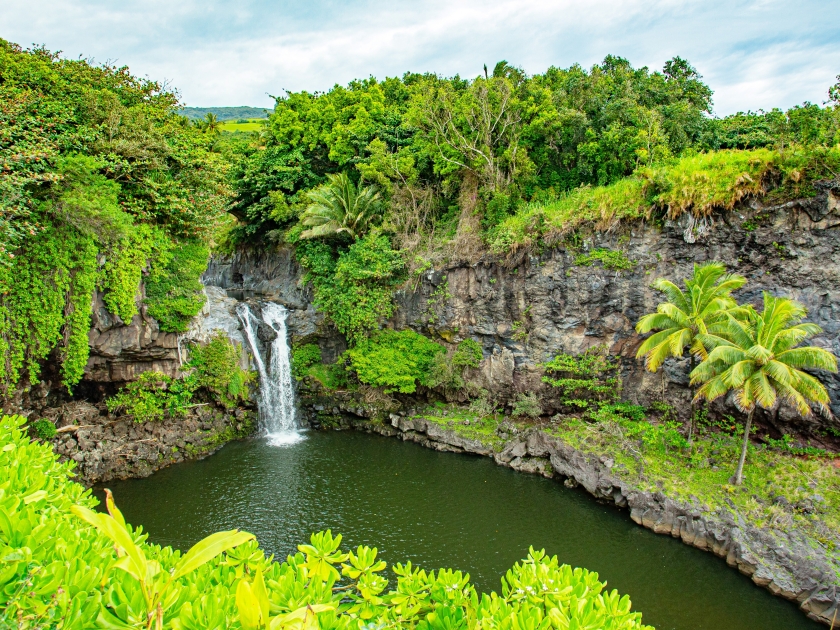
‘Ohe’o Gulch, famously known as the Seven Sacred Pools, is a breathtaking collection of natural pools and waterfalls cascading through the East Maui jungle. This natural wonder, part of Haleakalā National Park, offers visitors a scenic hike that allows them to explore multiple pools and waterfalls up close. The trail is well-maintained, but it’s important to wear appropriate footwear and check weather conditions as flash flooding can occur. Entrance to this area requires a pass that also grants access to other parts of the park. Visitors are reminded to adhere to park regulations, stay on designated trails, and not swim when water levels are high to ensure the safety and preservation of the natural environment.
Stop #9: Pipiwai Trail
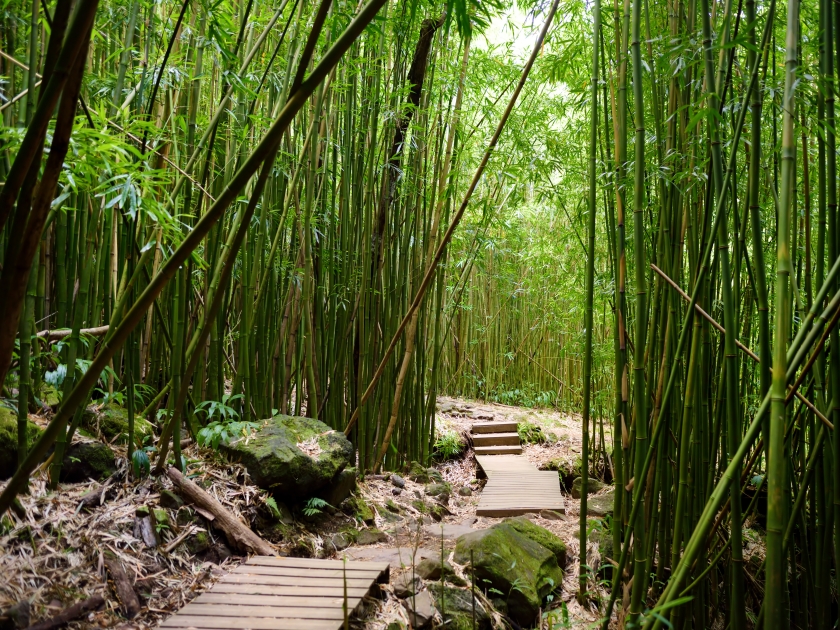
The Pipiwai Trail is one of Maui’s most rewarding hikes, leading adventurers through an enchanting bamboo forest, past bountiful streams, and ultimately to the majestic 400-foot Waimoku Falls. The trail spans approximately 4 miles round-trip and is considered moderately challenging due to some steep and slippery sections. To ensure a safe and enjoyable hike, wear sturdy hiking shoes, carry plenty of water, and use insect repellent. Hikers are urged to respect the natural surroundings by staying on the trail, packing out all trash, and not disturbing the plant and animal life.
#10: Haleakala National Park - Kipahulu District
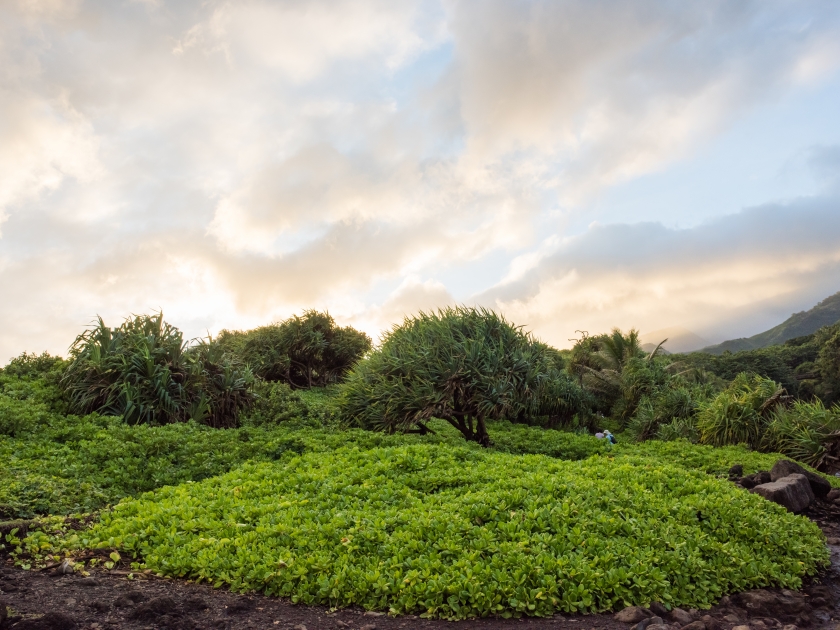
The Kipahulu District of Haleakala National Park, located beyond the famed Road to Hana, offers a vivid glimpse into the raw beauty of Maui’s rugged eastern coast. This area is significant for its rich biodiversity and cultural heritage, showcasing spectacular waterfalls, ancient Hawaiian archaeological sites, and lush rainforests. Visitors can engage in various activities such as hiking the Pipiwai Trail to see the giant bamboo forest and Waimoku Falls or exploring the Ohe’o Gulch. The visitor center provides essential amenities, including maps and educational displays, and offers programs that delve into the area’s ecology and history.
Seize the Splendor of Hana!
As you venture along the Road to Hana, each turn unveils a tapestry of breathtaking vistas and profound cultural landmarks. Use our guide to navigate the Road to Hana and share your own stories and tips in the comments below. Let’s make every journey memorable and keep the spirit of Hana alive in every traveler’s heart!



